12 Plants That Are Non-Toxic to Pets
Some plants can be toxic to dogs and cats, causing fever, stomach pains, and other symptoms. Fortunately, there are options that will allow you to decorate your home and garden without having to worry about your cat or dog getting close to, or even tasting them.
5-Minute Crafts has compiled 12 plants along with their main characteristics to help keep your furry companions out of harm’s way.
1. African violet (Saintpaulia)
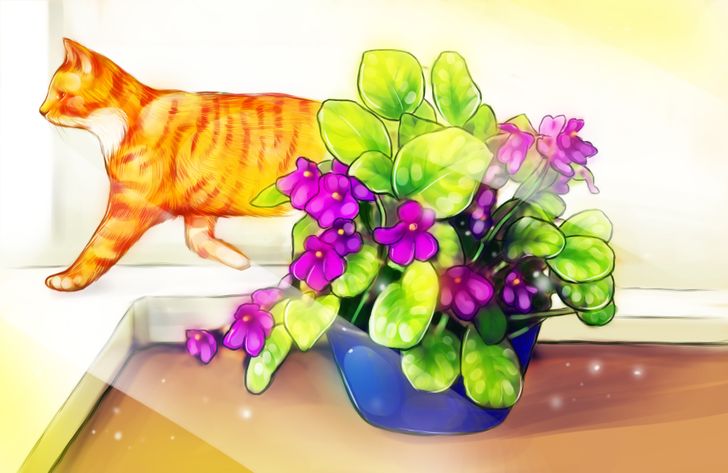
With its striking purple color and a size that doesn’t exceed one foot (30 cm), this plant is perfect for adding a touch of color to the corners of your home.
Another one of its advantages is the fact that it’s low maintenance since it only requires occasional watering by immersion to avoid damaging its leaves and flowers. In this case, this method consists of submerging the pot in a container with water until the soil is completely covered for about 5 minutes.
2. Basil (Ocimum basilicum)
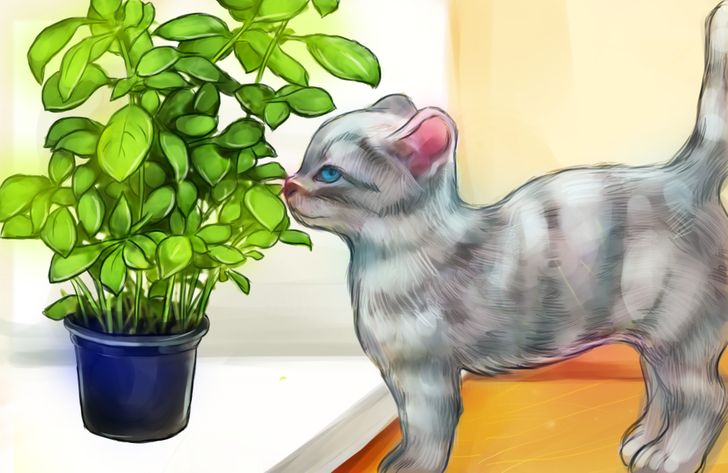
If you want to have an aromatic herb but fear for the health of your pets, basil is a good option since it doesn’t pose a threat to dogs or cats.
In addition to its intense aroma and varied culinary and medicinal uses, this plant is not very difficult to maintain. You just have to make sure to place it where the temperature is above 50ºF (10ºC) and cover it with a plastic sheet to lock in the warmth.
3. Boston fern (Nephrolepis exaltata)
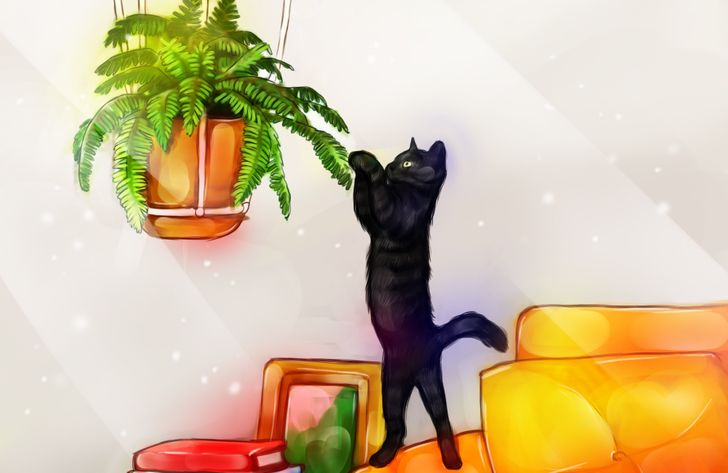
The sword fern, or Boston fern, is in the family of ferns that are harmless to pets, along with the bird’s-nest (Asplenium nidus) and the staghorn fern (Platycerium bifurcatum).
These plants, in addition to being suitable for decorating interiors, are known to help maintain higher humidity in the environment. They also purify the air so you and your pets will benefit, especially in hot, dry climates.
4. Kentia palm (Howea forsteriana)
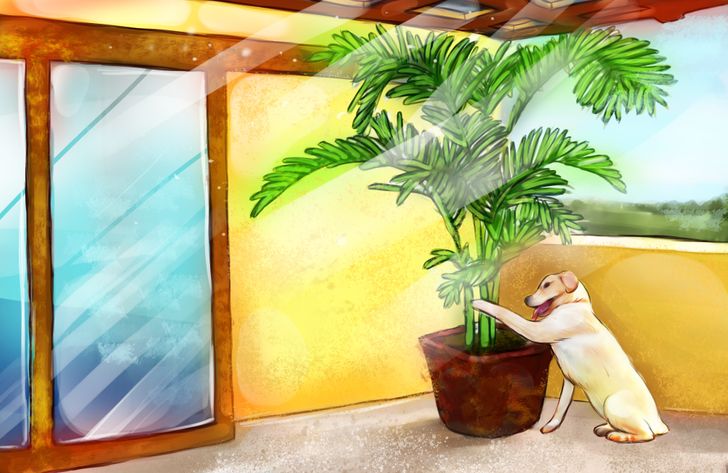
Also known as the thatch palm, the Kentia palm is a plant noted for its fine, glossy leaves, is widely used for ornamental purposes, and is safe for dogs and cats.
Although it can grow indoors in cold climate locations, it develops greater growth in gardens and outdoor patios with indirect light during its first 5 years.
5. Moth orchid (Phalaenopsis)
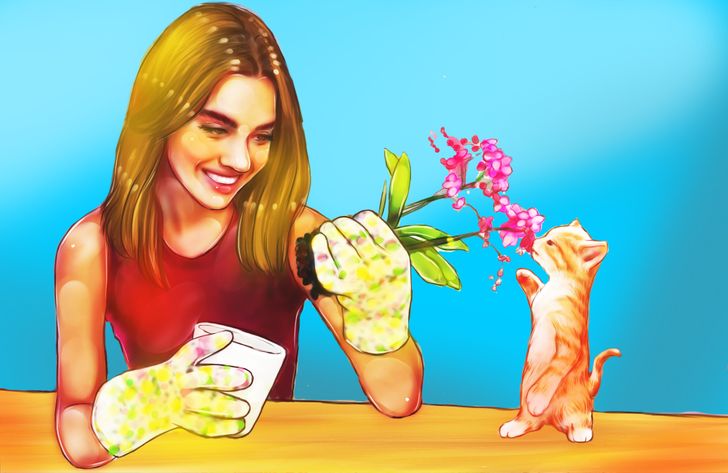
Moth orchids can be an excellent choice for adding style and color to your home or garden due to their varying colors and elegant anatomy.
Besides not being dangerous to your feline or canine friends, they can last for months with proper care. This plant loves humidity, so it’s recommended to spray it lightly with water during hot days.
6. Prayer plant (Calathea)
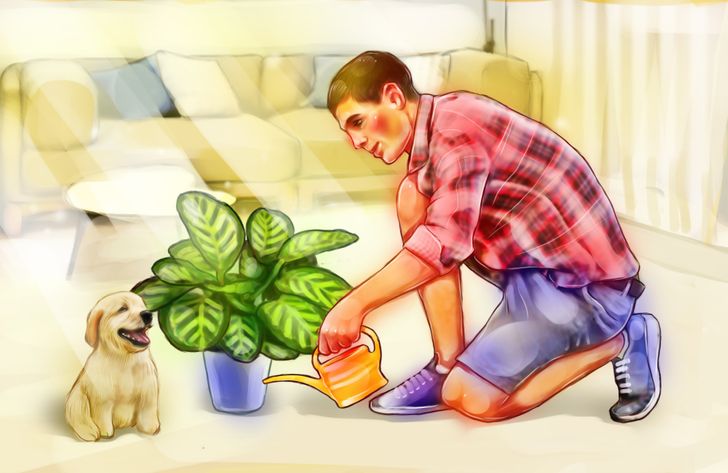
This plant, native to the tropical areas of America, stands out for its shiny, elongated leaves and various shades of green. It can reach 24 inches (60 cm) in height.
As it requires heat and humidity, it’s recommended to keep it indoors, where the temperature fluctuates between 60ºF to 86ºF (16ºC and 30ºC), and in places that are not too sunny. Additionally, it’s not toxic for dogs or cats.
7. Rose (Rosaceae)
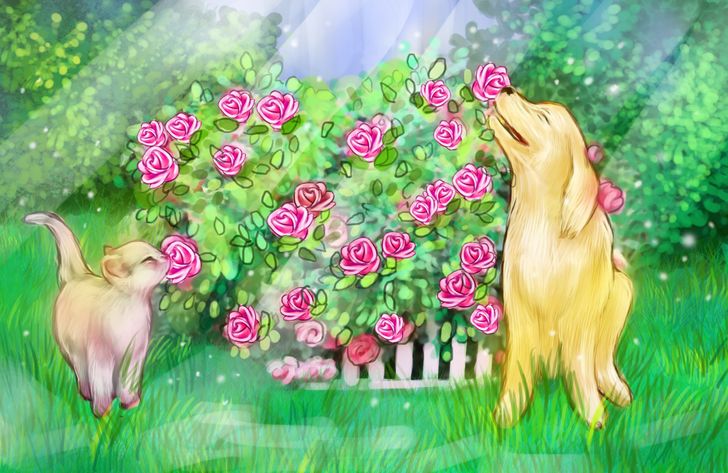
Even though roses are known for their decorative purposes in homes and gardens, their flowers are also used medicinally to relieve sore throats and headaches, so keeping them in your home can be very beneficial.
Cats may want to chew on their flowers because of their characteristic scent and flavor, however, this doesn’t pose any danger to them, nor to dogs.
8. Barberton daisy (Gerbera jamesonii)
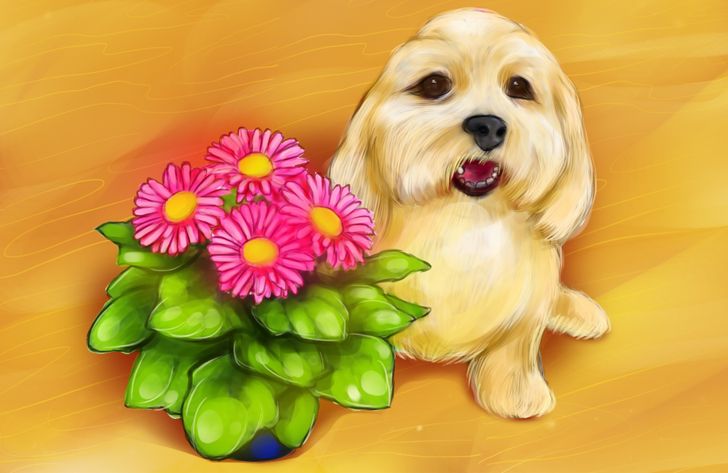
If your passion is gardening and you have no problem dedicating time and care for your plants, the Barberton daisy will be a great option for you since it’s known to need a little extra attention.
However, all this effort is rewarded with its colorful flowers, its ability to purify the air, and, of course, by being friendly to your pets. It can be kept both indoors and outdoors, as long as it’s protected from direct sunlight.
9. Spider plant (Chlorophytum comosum)
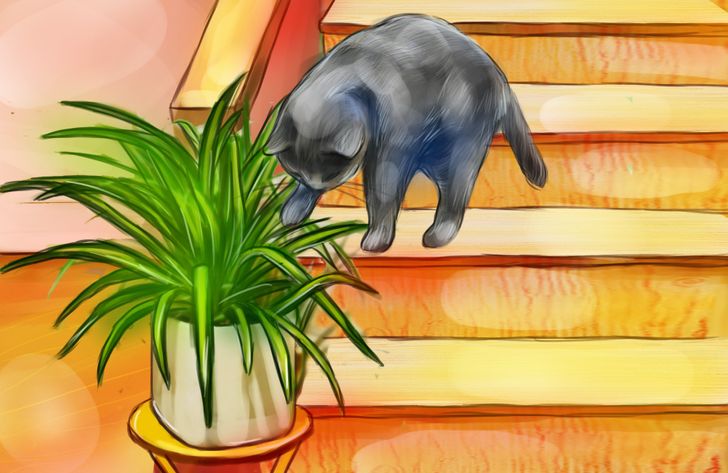
Also popularly known as “hen and chickens,” this plant is safe for pets and is very easy to care for, as it doesn’t require much watering. At the same time, it’s recommended to keep it in bright places but away from direct sunlight.
It’s recommended that you place it on a hanging basket or a shelf where your pet can’t reach it.
10. Herbst’s bloodleaf (Iresine herbstii)
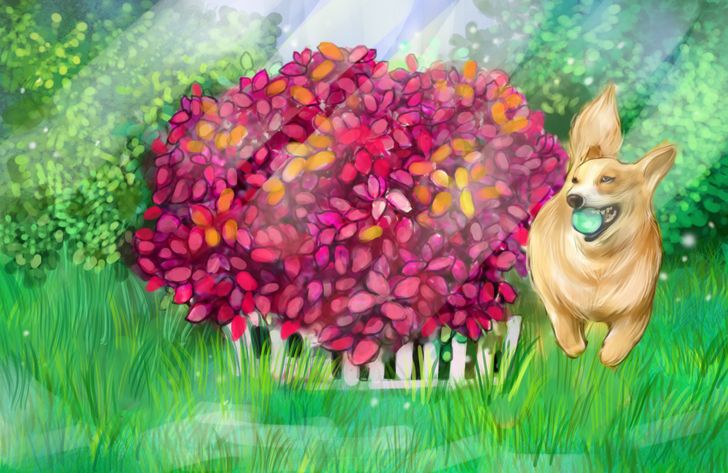
Also known as “chicken gizzard,” this plant is suitable for both the garden and indoors, so your pets will be able to be near it wherever you want to place it.
Its leaves have a deep reddish color, making it very striking. It should be kept in well-lit places and, ideally, placed in the morning sun.
11. Bamboo (Bambusoideae)
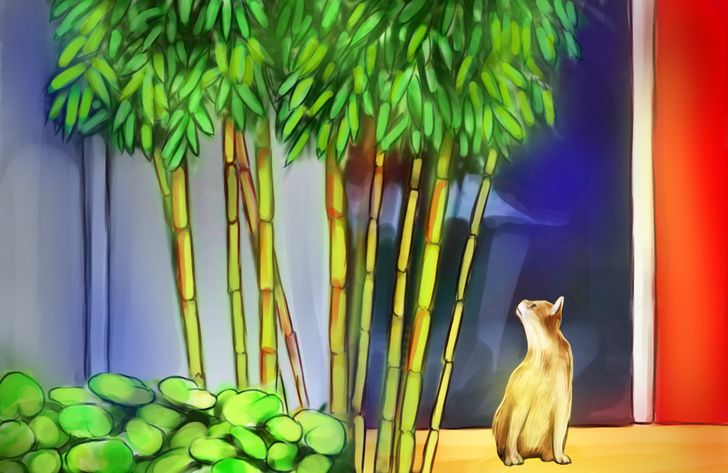
This woody plant, aside from being pet-friendly, is characterized by its rapid propagation outdoors, although it can be planted in a pot indoors with the necessary care.
You should keep in mind that bamboo requires a large amount of water, ideally during the first hours of the day or after sunset. It’s also recommended to fertilize adequately for optimal growth and resistance to cold.
12. Zinnia
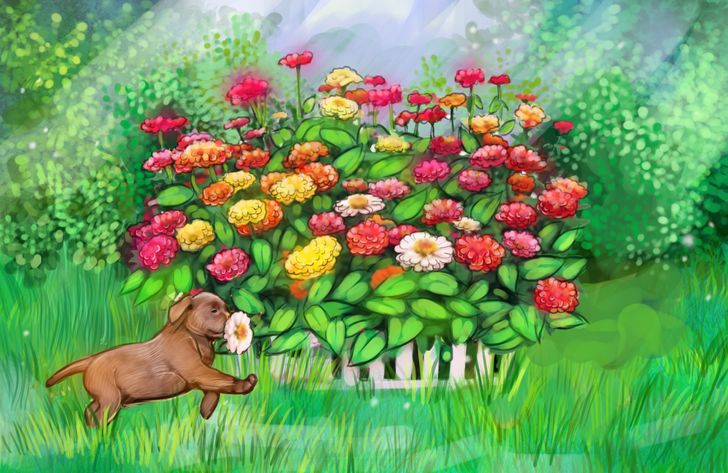
This pet-friendly plant can be grown both in gardens and indoors, ideally in warm climates, as cold weather can impede its survival. Its brightly colored flowers make it very popular in decorating such spaces.
Keep in mind that if you choose to place it indoors, you will need to use a special substrate since it will not receive enough sunlight, even if placed near a window.
Bonus: 3 toxic plants for your pets that you should avoid
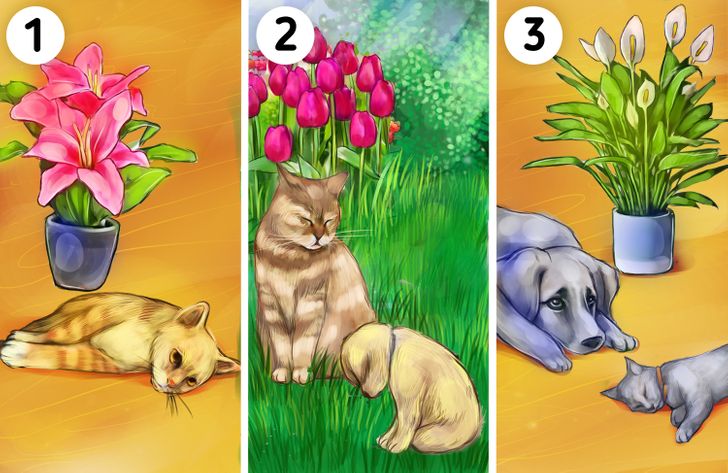
Although very common, the following plants are highly harmful to the health of dogs and cats:
- Lily (Lilium): can cause severe kidney damage in cats, even when ingested in low amounts
- Tulip (Tulipa): contains toxins that can cause gastrointestinal irritation, inappetence, and cardiac abnormalities in dogs and cats
- Spath or peace lily (Spathiphyllum): contains components highly toxic to dogs and cats, may cause vomiting, difficulty swallowing, burning, and oral irritation, among other symptoms